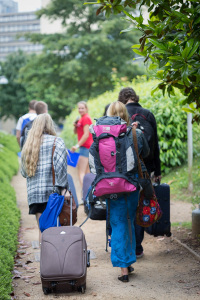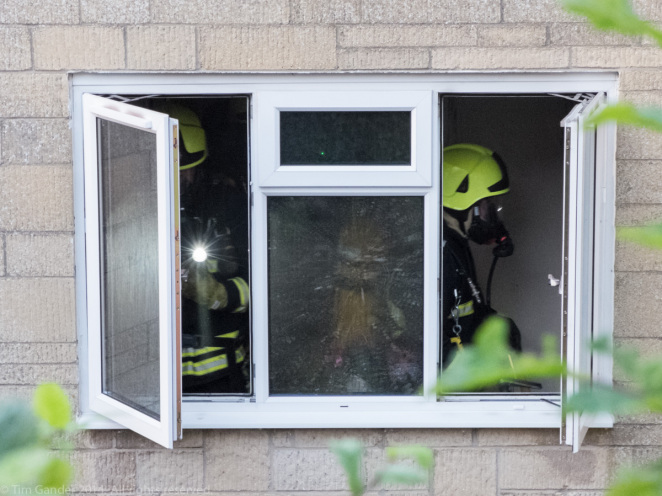One area of photography which can really give clients the jitters is the use of children in promotional and editorial materials, and rightly so. Extra care should be taken when featuring people under the age of 18 in corporate communications, but this doesn’t mean they have to be invisible or horribly pixelated to disguise identity.
In some areas I do feel protection can be heavy-handed and overzealous. I particularly dislike the habit amongst local newspapers, and it’s a habit which seems to come and go with the tide, to only feature children’s first names or no names at all. Newspapers form part of our local history and are to some extent historical documents. A photo captioned simply with “James wins the 100m swimming competition” is pointless and silly. James has a surname and deserves recognition for his achievements just the same as any adult, but I won’t labour the point here.
What I want to focus on instead is how I get around issues of keeping youngsters’ identities safe where it is necessary to do so while still fulfilling the brief and communicating some kind of narrative.
My approach will vary according to the situation, the brief and age of the children. I sometimes have to account for special behavioural needs which will again guide my approach, but in any case there is always a way to take interesting, well-composed, properly lit photos which show the client at their best and respect the dignity of the youngsters involved.
One important thing to remember is that if children are identifiable in something which is to be used to promote a business or organisation, permissions will be needed and care taken about how images are used. I will always liaise with my clients at the briefing stage as to the requirements and limitations of a photo session involving minors, and there’s nothing like good old common sense to make sure everything goes smoothly before, during and after the event.







